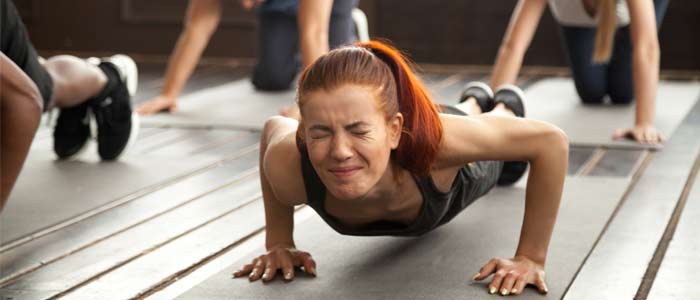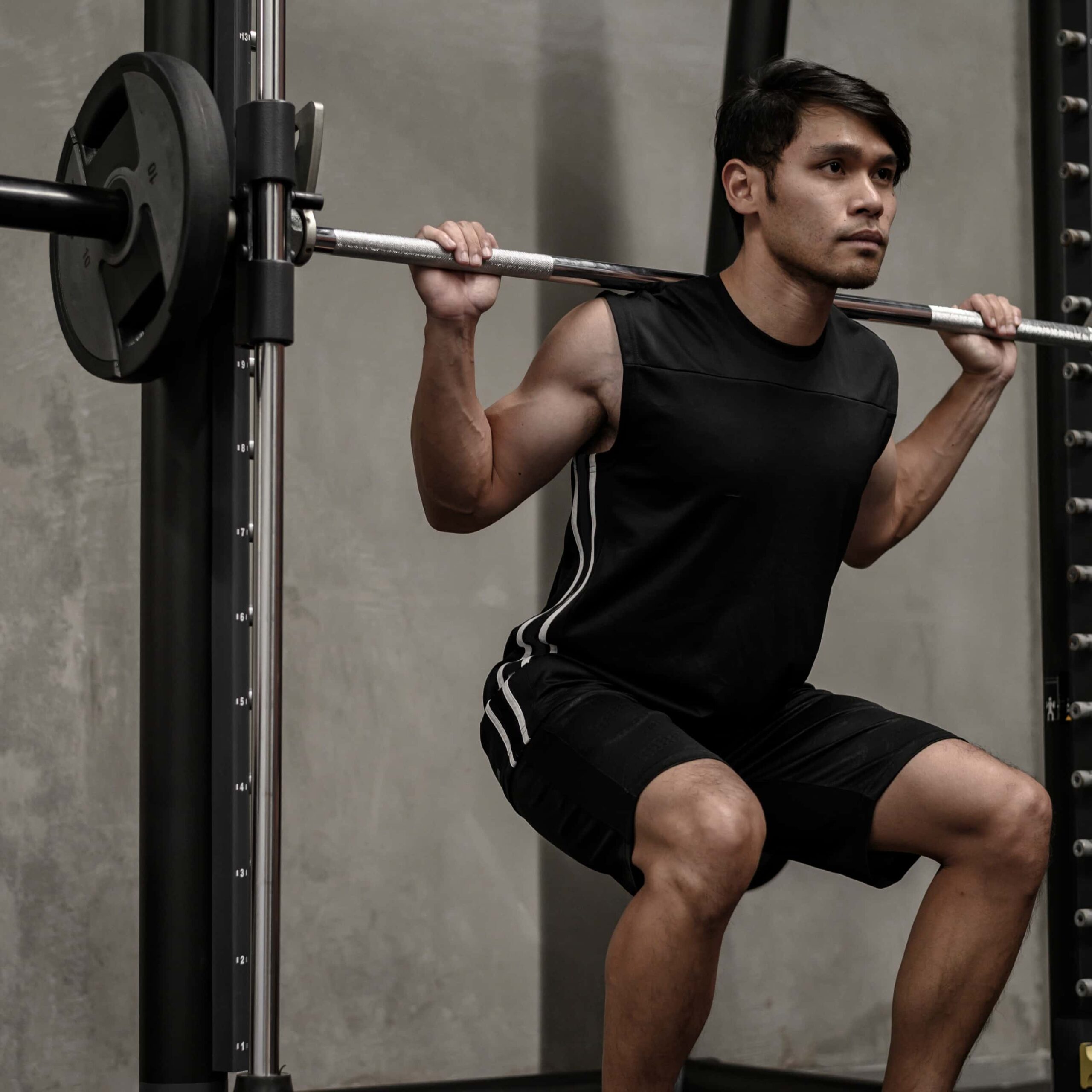How to Avoid a Wrist Injury When Exercising
8th Aug 19

Injuries can be nightmarish to deal with when it comes to keeping active. The hindrance they pose to your routines and ability can be huge, and they can worsen if you don’t look after them correctly. So, it is essential to know how to avoid them in the first place. One of the most common examples? A wrist injury, or at least wrist pain from exercise.
Wrist injuries are up there with the worst of them too. Because of the frequent use, you will immediately notice the pain when doing mundane tasks like holding things or making a fist. Wrist pain during your exercise is probably even worse. It’s just something that needs to be avoided.
Want to move fast? Jump to the right section below.
Positioning

One of the most common ways to sustain a wrist injury is from the repetitive strain of performing exercises. The most common way this occurs is by performing bodyweight-focused exercises on a flat surface, such as planks, push-ups or tricep dips. All these utilise a stance where the hands are flat on the floor, facing down. This position can strain your wrists since they’re taking most of your weight, and one of the easiest ways to see wrist pain in exercise.
The pressure these positions assert on the joints and tendons can be damaging if they are not used to such movements. It would help if you variated your exercises and movements where reasonably possible to prevent excess damage. Equipment such as dumbbells or parallel bars will keep your wrists in a neutral position, so it’s a good call to try them. You can also elevate the hands when performing certain exercises to reduce some of the pressure.
Technique

Weighted exercises can also cause similar issues, especially when your forearms are not used to the force you exert. In this case, the bad technique is the culprit. You are applying stress in areas that are not equipped to deal with it. These areas are weaker than the rest of your body and, thus, more susceptible to being hurt.
Using dumbbells or barbells that are too heavy and go beyond your capabilities will cause your wrists to move out of the neutral position too. This can cause more damage than bodyweight exercises, so ensuring a neutral grip is a priority throughout your workouts if you want to avoid wrist injuries in the first place.
Support

You can use athletic tape or wrist supports during your exercises to prevent damage or lessen the impact. This will take some of the weight off them. It is also a good idea to avoid workouts that could be causing the wrist injury in the first place.
Stretching can also be helpful for prevention. For example, try doing dumbbell rolls with your arms supported or more forearm-based exercises. Some of the most famous wrist strengthening exercises are based on grip movements like contracting and releasing a tennis ball or a stress ball. You can also look into using a grip-strengthening device.
Resolution

If you feel like you are beginning to sustain a wrist injury such as repetitive strain or tendonitis, there are ways to help fight this. When your wrists are in pain during or after exercise, it’s always a good idea to give them a break until the pain goes away. You won’t be able to reach your potential during the exercise anyway because of the injury, so it’s wiser to stop before you worsen the situation.
Ice is good for inflammation and preventing further strain from general day-to-day wear and tear. If the pain worsens, wrist splints are an alternative until you are back to full strength. Just try not to rely on it too much and build your wrists back up naturally.
As with all injuries relating to exercise, it is always wise to seek advice from a medical professional. You can also talk to a trainer or do more in-depth research to find corrective exercises to suit your injuries.

Before beginning any exercise or nutrition program, consult your physician, doctor or other professional. This is especially important for individuals over the age of 35 or persons with pre-existing health problems. Exercise.co.uk assumes no responsibility for personal injury or property damage sustained using our advice.
If you experience dizziness, nausea, chest pain, or any other abnormal symptoms, stop the workout at once and consult a physician or doctor immediately.









